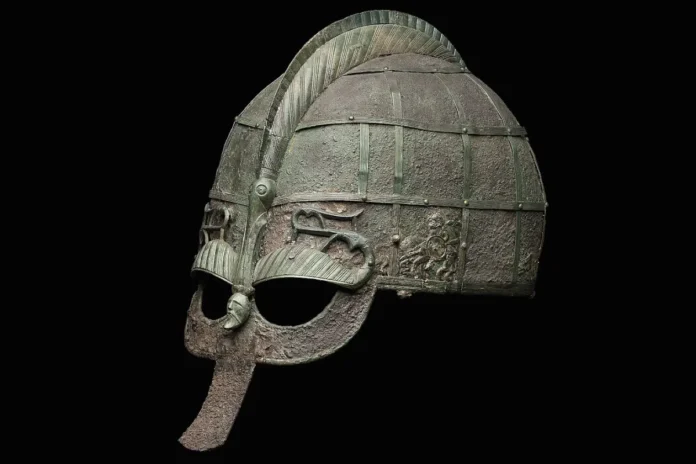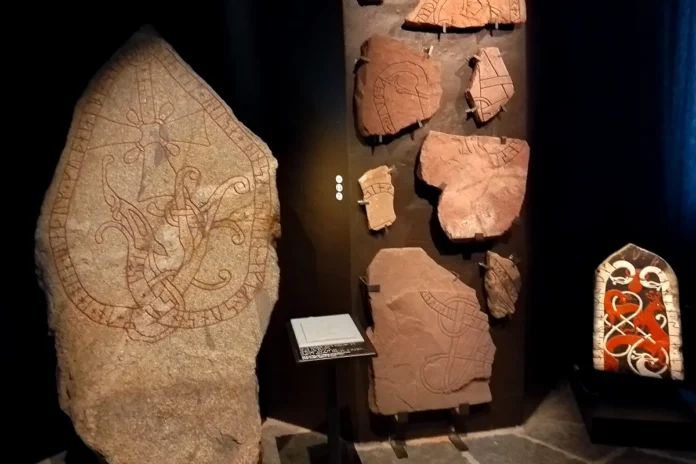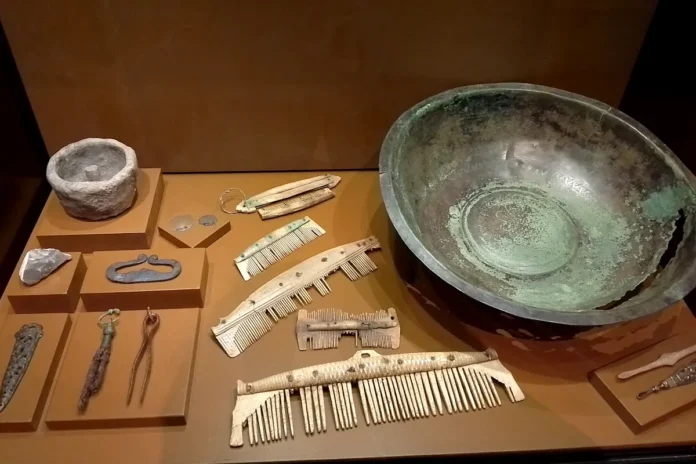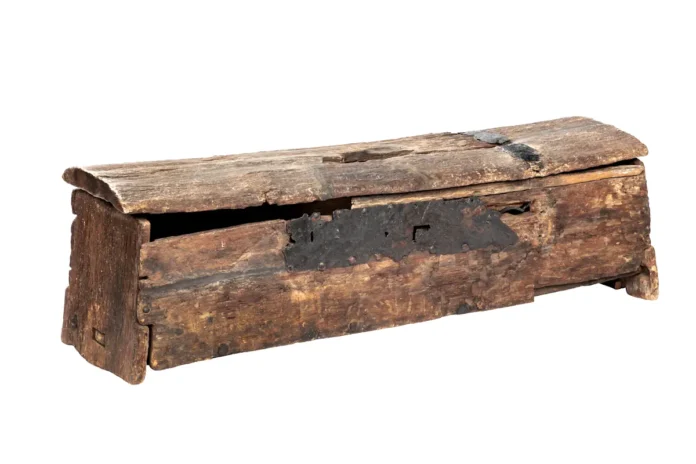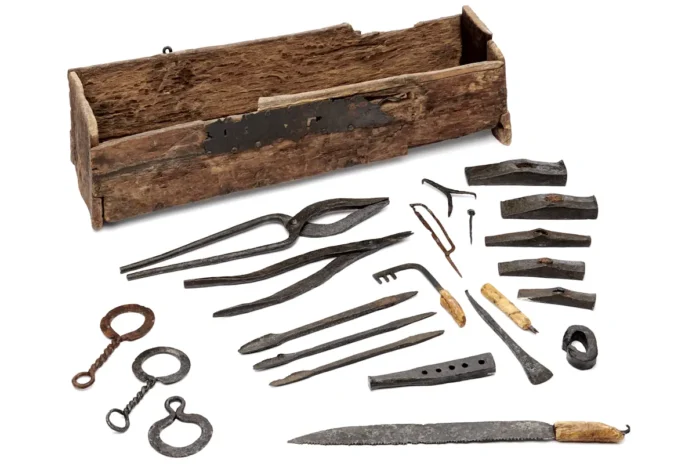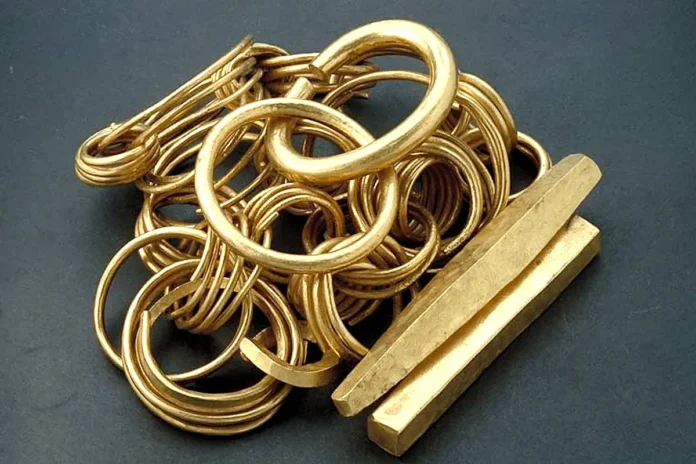The Swedish History Museum: A journey through time
The Historiska museet (Swedish History Museum) offers visitors an extraordinary exploration of Sweden’s rich and fascinating past. Located in central Stockholm at Narvavägen 13-17, this museum is a must-visit destination for history enthusiasts and curious travelers.
The museum houses an extensive collection of over 10 million objects, including archaeological artifacts and ecclesiastical art from various periods of Swedish history. Visitors can explore a diverse array of exhibits, from Iron Age skates and Viking boats to medieval textiles and Renaissance triptychs.
World-Class Viking exhibition
The Swedish History Museum houses one of the world’s most comprehensive Viking exhibitions, spanning nearly 1,000 square meters and featuring an extraordinary collection of 2,500 original artifacts. This immersive exhibition goes far beyond a traditional display, offering visitors a nuanced and dynamic exploration of Viking life and culture.
Exhibition highlights
The Viking exhibition provides an in-depth look at the Viking Age (750-1100 CE), challenging popular myths about these historical people. Key features include:
- Over 4,000 artifacts showcasing Viking daily life, including jewelry, clothing, rune stones, and weapons
- Interactive stations engaging all senses
- Virtual reality experience of a 12th-century stave church
Thematic Explorations of Viking Society:
The exhibition delves deep into various aspects of Viking culture, including
- Social structures and cultural exchanges
- Craftsmanship
- Trade and seafaring
- Religious transitions
Unique artifacts and displays
The exhibition centers around Yggdrasil, the world tree from Viking mythology, which guides visitors through ten distinct thematic sections. Visitors can explore:
- Authentic Viking weapons and tools
- Religious artifacts
- Objects from Viking expeditions
- Artifacts from Birka, Sweden’s oldest city
- Detailed insights into Viking art and decoration
The Mästermyr chest: 1,000-year-old tools
A remarkable collection of more than 200 Viking Age tools and artifacts can be found in the Mästermyr chest, which was found in 1936 on the Swedish island of Gotland. The chest includes tools for various trades, like hammers, pliers, saws, and much more. This discovery offers priceless insights into the daily activities and craftsmanship of Viking-era craftspeople.
The fact that many of these tools are familiar to contemporary artisans demonstrates the high degree of Viking craftsmanship. This varied toolkit indicates that the owner was a highly competent traveling craftsman who could do cooperage, carpentry, locksmithing, and blacksmithing. The Mästermyr find provides a unique window into the technological prowess of the time period and is the largest and most complete collection of Viking Age hand tools from a single location.
The spectacular Gold Room: A treasury of Swedish history
The Gold Room at the Swedish History Museum is a breathtaking underground vault that represents one of Europe’s most extraordinary precious metal collections. Blasted into the bedrock beneath the museum’s central courtyard, this 700-square-meter concrete vault is a true archaeological marvel.
Collection highlights
The Gold Room houses an incredible collection that includes:
- Approximately 3,000 gold and silver objects
- 52 kg of gold
- Over 200 kg of silver
- Unique artifacts spanning from prehistoric times to the Middle Ages
The collection includes:
- Three incredibly detailed gold collars (the only three known in the world)
- Viking silver jewelry
- Bejeweled medieval reliquaries
- Ceremonial swords
- Coins and war spoils
Historical significance of the Gold Room
The vast collection exists due to a unique 17th-century Swedish law mandating that all gold and silver artifacts over 100 years old with no owner must be redeemed by the government and sent to the History Museum. This law continues to ensure the preservation of Sweden’s archaeological treasures.
Fascinating fact: Many of these precious items were discovered by ordinary people like servant girls, farmhands, and agricultural workers, often representing their unexpected escape from poverty.
Diverse historical collections
Visitors can explore medieval Swedish church art, artifacts from the 12th to post-Reformation periods, wooden sculptures, altarpieces, and famous religious artifacts like St. Elisabeth’s reliquary.
Location
Conveniently located within walking distance of Djurgårdsbron, Karlaplan, and Östermalmstorg. The nearest metro station is Östermalmstorg.



